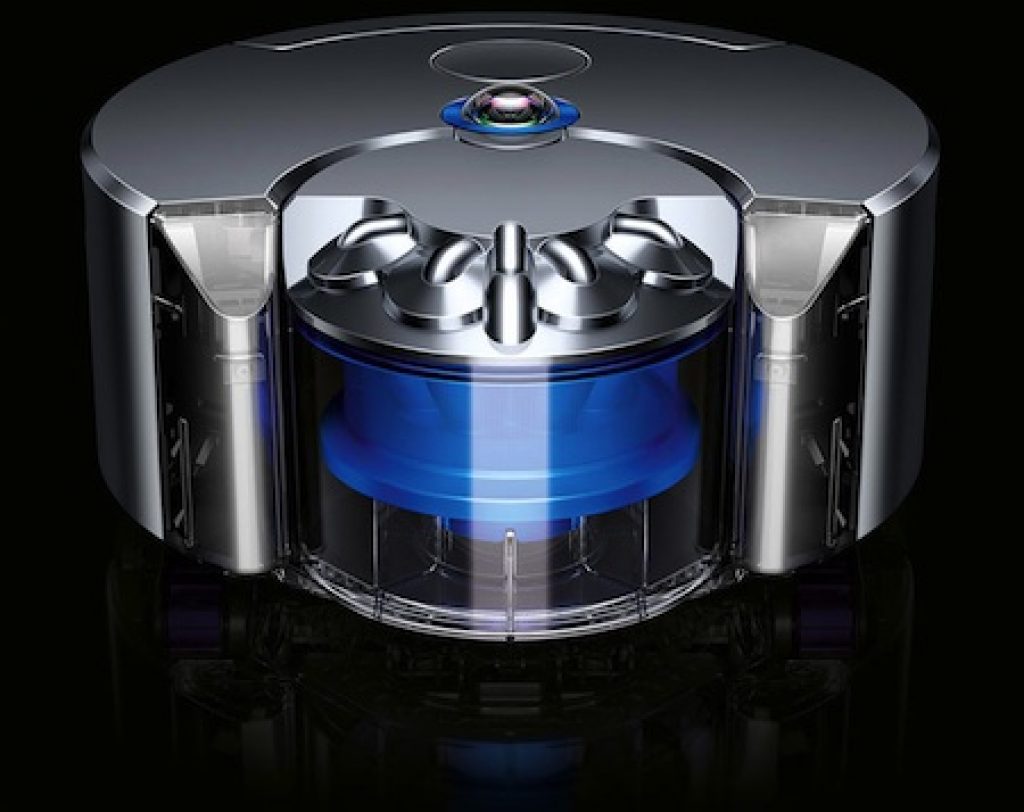A broom and dust pan have served mankind well for thousands of years. Using a fairly simple, back-and-forth sweeping motion learned in childhood, millions of people have effectively cleaned their floors of dirt and debris.
But what if you are physically not able (or simply unwilling) to sweep the floor? One goal of computer vision-enabled products is to aid humans in accomplishing everyday tasks. At Dyson, we have developed the Dyson 360 Eye robotic vacuum cleaner with a 360 degree camera that uses complex mathematics, probability theory, geometry and trigonometry to clean your home. Vision is the key attribute – and I believe true vision is necessary before people are comfortable with robotics in the home.
In designing the 360 Eye, we recognized that if a robot is going to be able to behave in a truly methodical manner in real world homes, it would have to have a very good understanding of its current location, where it had been and where it still needed to go. We chose panoramic, image-based vision that would allow the robot to see all around it in a single image, using a single sensor.
The camera – along with sophisticated algorithms – enables the vacuum to use the Simultaneous Localization and Mapping (SLAM) system to build a map of the room, determine its location in the room, and devise a path to accomplish its mission. We then spent 100,000 hours coding on top of the SLAM system to produce a vacuum that captures large amounts of data, analyzes it, and responds in real time. It is because of this that the machine can work robustly, reliably, repeatedly and – perhaps most importantly – safely in the real world.
Embedded vision in robotics has the potential for drastically improving everything from mundane tasks to life’s most critical functions. Initially, these improvements will be small. But gradually we will see more of the world around us becoming automated. This gradual introduction is important – we must work to iterate and perfect these systems, as true vision will be a key factor in establishing people’s trust in computer vision-enabled machines. I look forward to speaking at the upcoming Embedded Vision Summit, and sharing Dyson’s insight on developing the next generation of computer vision-based devices.
By Mike Aldred
Electronics Lead, Dyson


